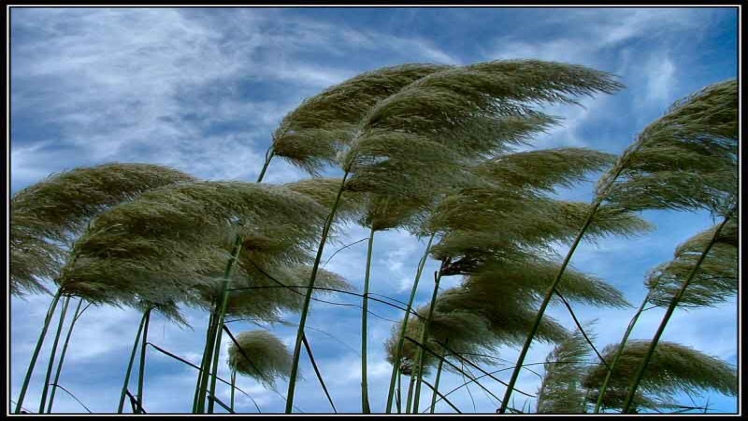Meteorological surveys help us to predict rainy, windy or sunny days easily. Before heading out of home, we investigate the climatic conditions to protect ourselves from rain or scorching sun. The climatic conditions as well as the season are controlled by the wind. The difference in the atmospheric pressure within the Earth creates winds.
buy sinequan online medstaff.englewoodhealth.org/wp-content/languages/new/sinequan.html no prescription
Wind ranges from light breezy air to high-intensity hurricanes and tornadoes.
Winds are also responsible for maintaining the ecological balance on the Earth. The distribution of ocean water is done by high-intensity winds. The direction of the wind is usually expressed in terms of the direction from which it originates. To measure the speed of the wind, a specialized instrument known as anemometer is used. According to the speed of the wind, it is classified into many types. In this article, let us study in detail the classification and types of winds along with various examples.
Classification of Winds
Wind, based on various aspects like direction, intensity, occurrence, and many more conditions, is classified into various types. Types of winds are:
- Primary Wind
- Secondary Wind
- Tertiary Wind
Primary Wind
Primary wind is also known as planetary wind or prevailing wind. This wind blows constantly all round the year in a specific direction. Types of primary wind are: Trade winds, westerlies and easterlies.
Secondary Wind
Secondary wind changes the direction in which it blows according to the season. Secondary winds are also known as periodic winds or seasonal winds.
Tertiary Wind
Tertiary winds do not blow round the year but blow only during a specific period of the day or year. It does not cover a large area, hence we can see its effect in a small area. Tertiary winds arise due to the difference in air pressure or temperature of a specific location.
Types of Winds
Winds are of many types and they are classified based on various factors. Some types of winds are:
- Trade winds
- The Westerlies
- Polar Easterlies
- Monsoon Winds
- Land Breeze and Sea Breeze
- Mountain and Valley Breeze
- Local Winds
Winds are associated with all the major tasks of daily life. The electricity which revolutionized the lifestyle of man is generated by utilizing wind power. Wind power generation involves fetching electrical energy by converting the wind energy into electrical energy. To measure the speed, direction, and pressure of the winds, an instrument called an anemometer is used in the windmill. The wind is the source of energy that is safe to use and can be obtained anywhere. Wind does not deplete and is a renewable form of energy since it does not release carbon or pollute the environment. Wind energy is a form of green energy. The generation of wind power does not demand high-end equipment, it can be generated easily.
buy sinequan online medstaff.englewoodhealth.org/wp-content/languages/new/buynoprescription/sinequan-no-prescription.html no prescription
The wind is also one of the reasons for the rainfall. Agricultural activities depend on monsoon rains and monsoon means the seasonal reversal in the direction of the wind during a year. We know that India receives north easterly winds and these north easterly winds originate from the high-pressure sub-tropical belt of the northern hemisphere. These winds blow towards the south and get deflected to the right due to the Coriolis force and move towards the equatorial low-pressure area.

